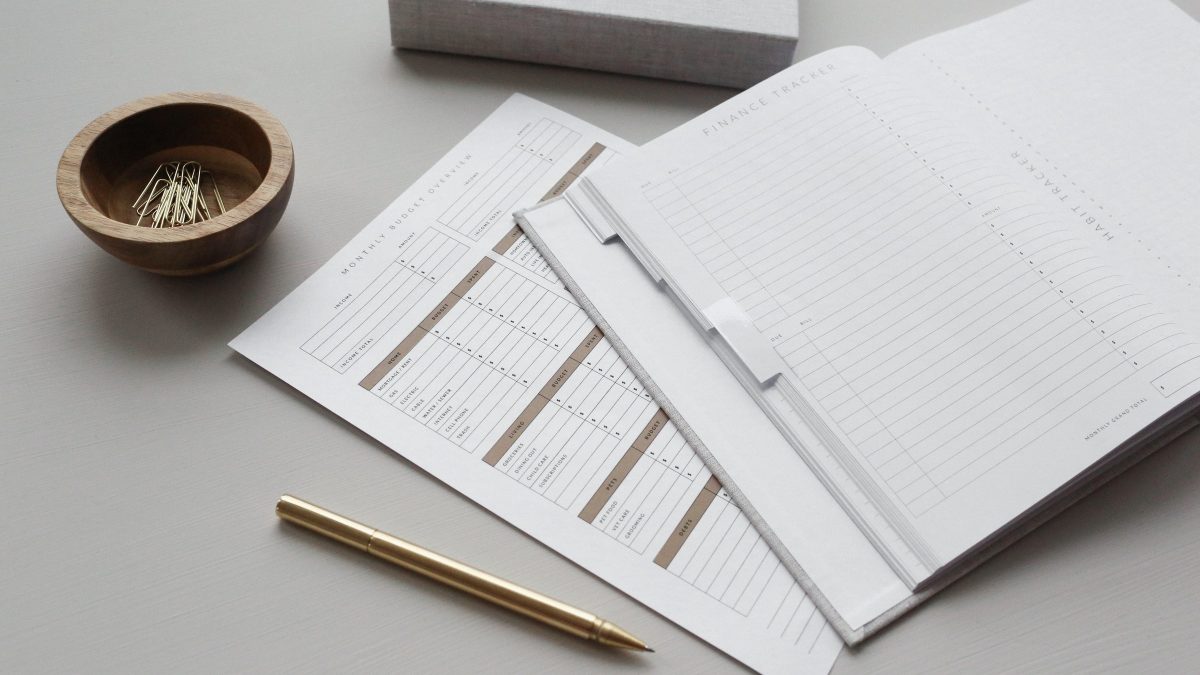When you are a student, you write most days. At that point in your life, you view being able to write well as a valuable skill. So, it is something that you work hard at.
Unfortunately, later in life, we all tend to let things slip and no longer work to improve our writing skills. Most of us fail to recognize that being able to write well benefits us in other areas of our lives.
Use your writing skills to convince others of your arguments
For example, knowing the right APA format citation is essential if you want to be able to write a degree paper that will secure you high marks. But, it will also prove useful when you need to write a proposal or presentation for work.
When you cite your sources correctly and do so in a way that enables the reader to check the facts for themselves, your chances of convincing will soar. It is far easier to convince them that the arguments or suggestions you are making are based on fact. If you do not cite your sources it will be far harder to persuade them.
People who write well tend to be better communicators
The fact that when you write you need to take the time to think about the audience you are speaking to tends to help you to become a better communicator. It enables you to practice the skill of empathy. To improve your ability to step into the shoes of other people and see things from their point of view.
You can help others through your writing

Potentially, you can use what you write to help others. This not only feels good, but it also helps you to gain the respect of other people and grow your reputation. Those you help will be grateful for your efforts. Plus, it always feels great to know that you have been able to help someone else.
Writing to impress a potential employer
You can also use what you write to make a good first impression on potential employers. They will be able to see that you know what you are talking about. Something that will help you to stand head and shoulders above other candidates.
Every business needs good writers. Potentially, they can work to share what the firm has to offer with others through writing good marketing copy.
As well as play a part in helping the business to operate more efficiently. By, for example, writing up and maintaining a proper operating manual and producing good-quality training materials.
Check Plagiarism
Plagiarism in writing is a serious offense that can damage the fame and credibility of a writer drastically. Also, the sites that are having pirated content may have to pay the price as well. So, if you are a webmaster or an SEO specialist, then it should be your utmost duty to check plagiarism in writing before posting it on your site. You can get assistance from an online Plagiarism Checker to detect the similarity in the content within no time. The use of an online utility will save you from installing any application on your device and provides you with reliable results within no time.
There is potential to earn a side income from writing
It is also possible to use your writing skills to earn a little extra income. There are millions of website owners out there, most of whom struggle to produce and distribute content for their sites. They will be more than willing to pay you to do it for them. If you are interested, this article is a good place to find out more about doing that.
















